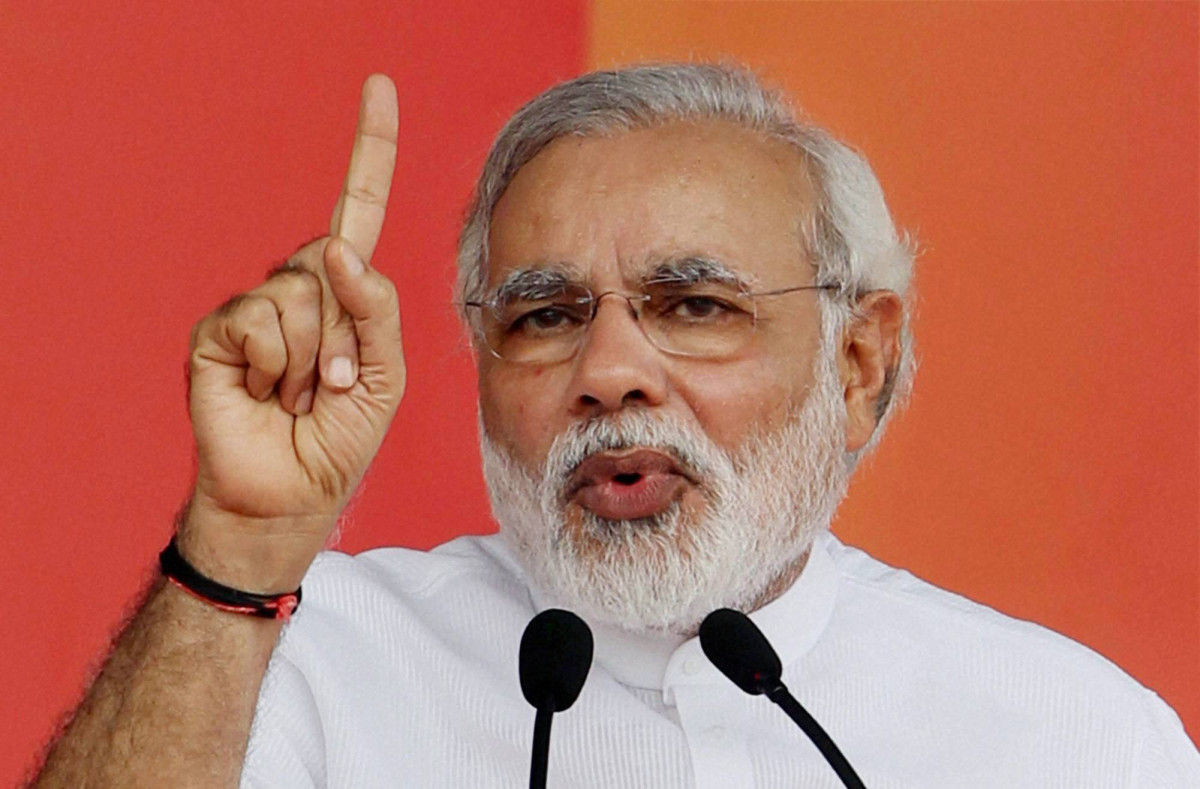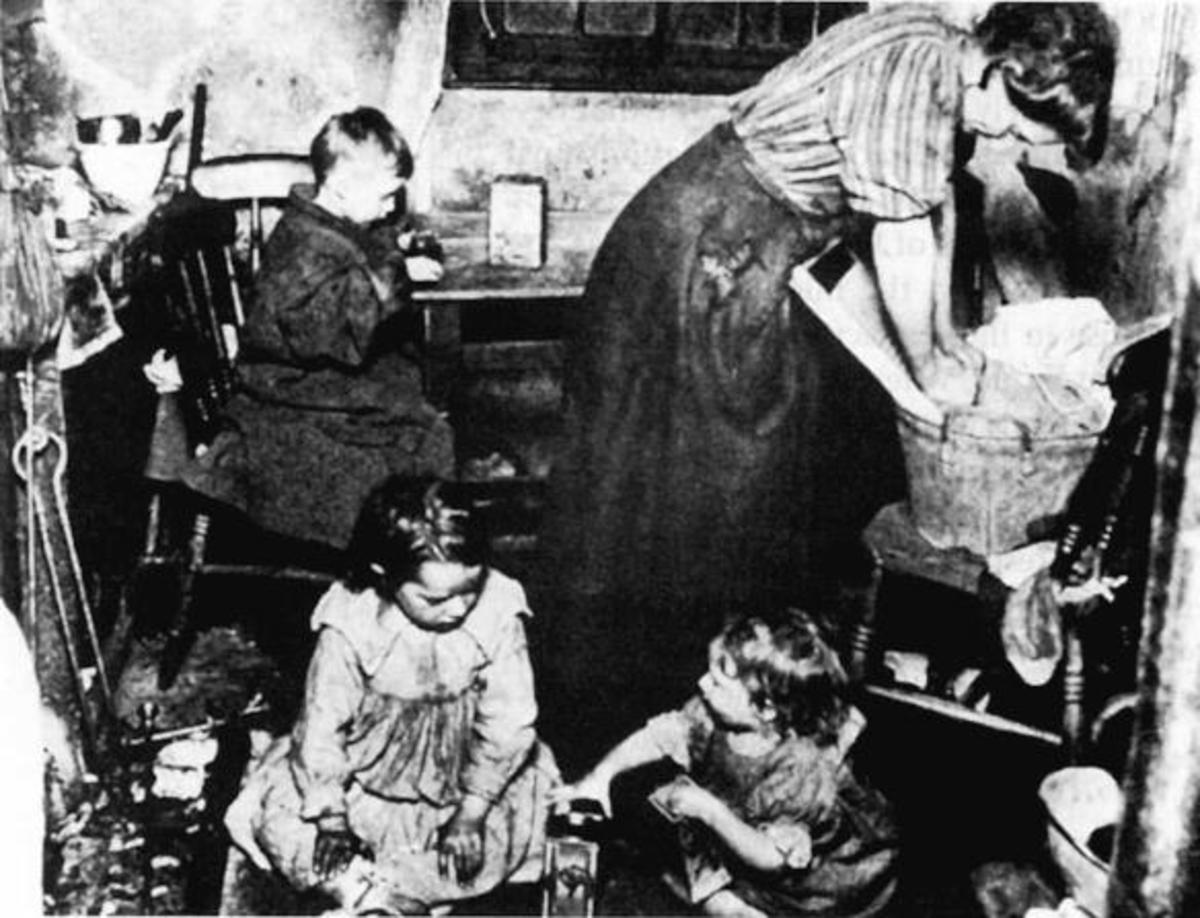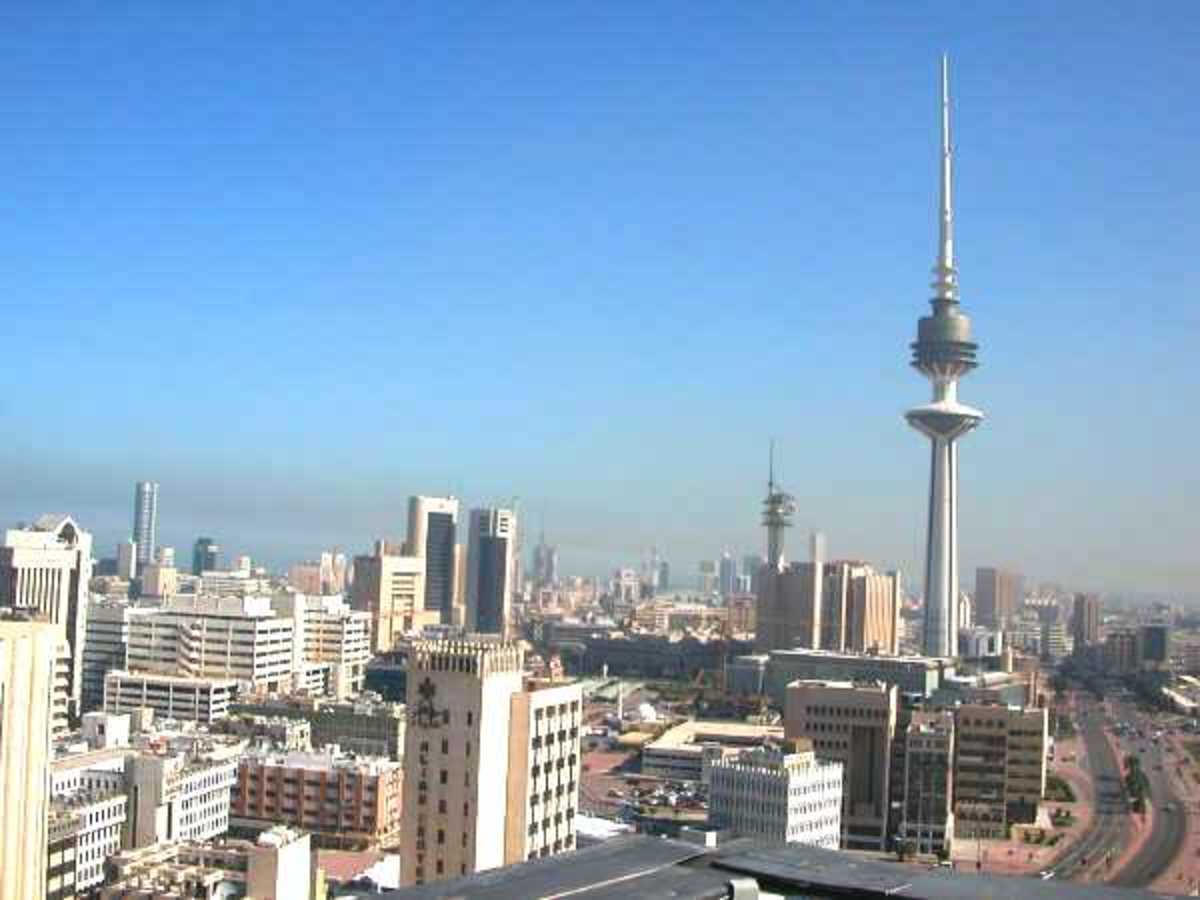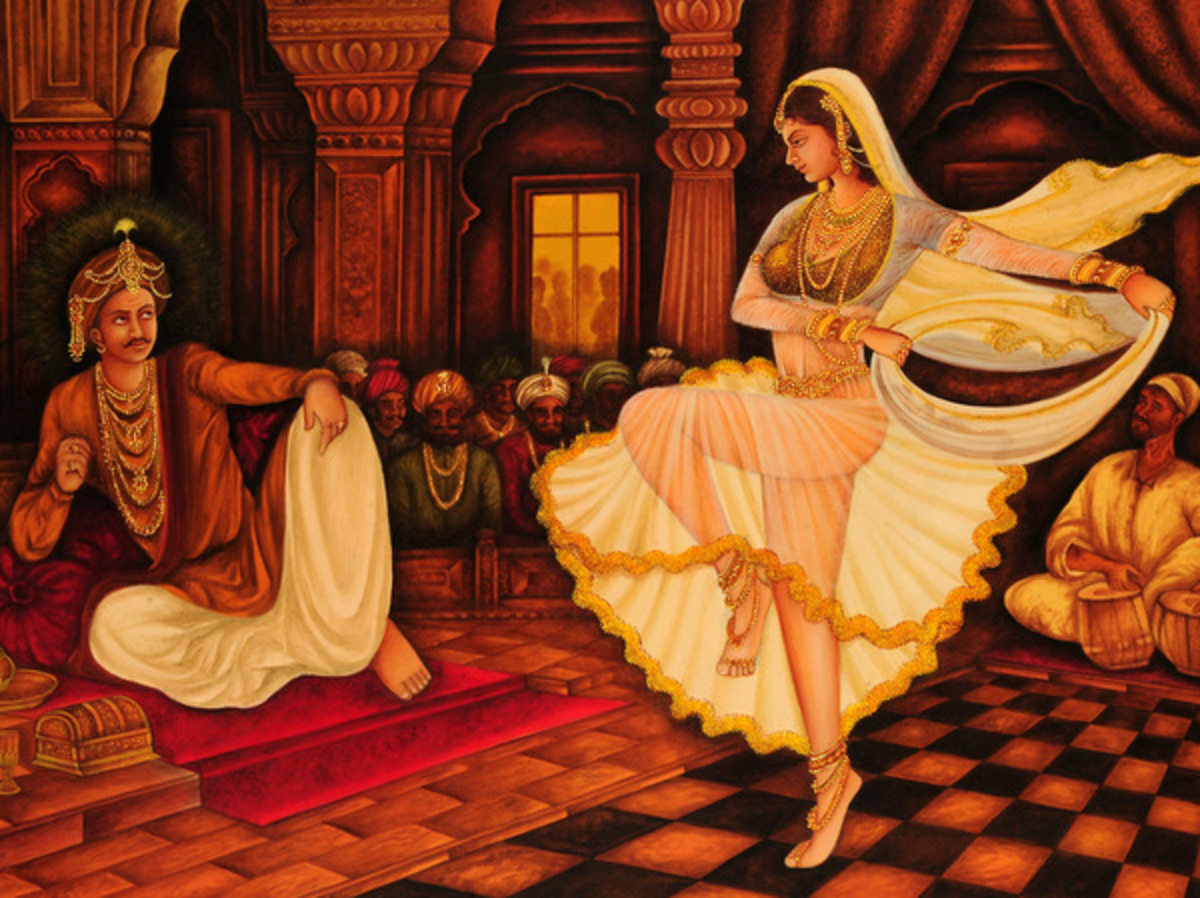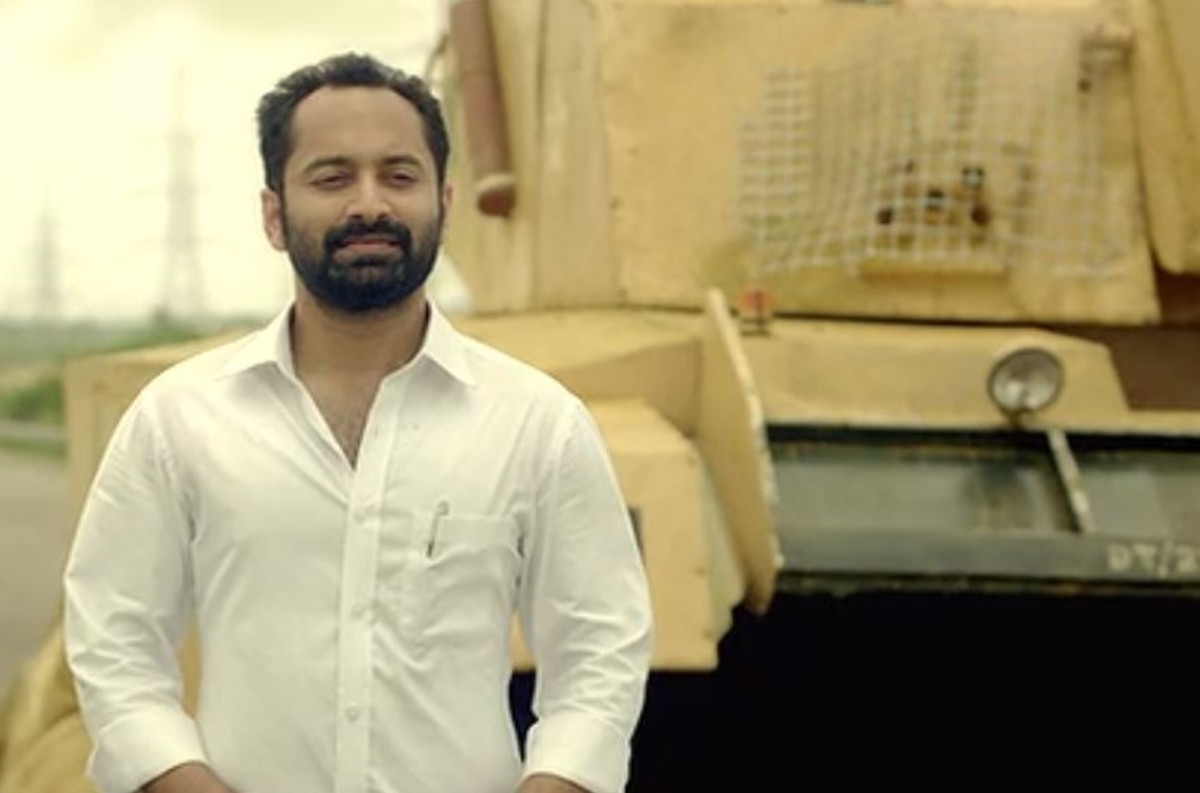Why India Has Twin Personality!
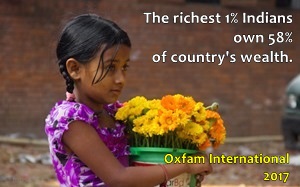
India Is A Land Of Extreme Inequality!
When Oxfam International pointed out that the richest 1% Indians own 58% of country’s wealth, it is only telling the truth the capital market ‘jehadis’ don’t want people to know. When it says that the inequality gap is increasing it is only pointing to the increasingly bipolar nature of India. When the breed of paid reporters proudly publishes the discovery of a few more ‘new’ billionaires they are brilliantly covering up the reality of several hundred million Indians who live trapped in filthy poverty.
Counting poor is a great pastime of poverty experts, so they love India and its poverty. For the Indian government 269 million (21%) people live in poverty, but the World Bank counts 172 million (12.4%) on its poverty yardstick of $1.90 a day. The 2017 multidimensional poverty index (MPI) of UNDP and OPHI estimates that 41% (530 million) Indians are poor. You have the liberty of picking the number that suits you – after all there is nothing in it for the poor!!
The richest Indians live in the financial capital Mumbai, which also houses Asia’s biggest slum, Dharavi. Mumbai’s landscape is dotted with ultra-thin sky scrapers where the rich few enjoy heavenly facilities closer to the Heaven of the ‘Holy Books!’ Surrounding their abode is thousands and thousands of ‘lowly’ slum dwellers who survive doing all the ‘lowly’ tasks meant to provide comforts to the rich. If someone ever said ‘Rich are Rich because the Poor are Poor’, you can see the proof in Mumbai!
If doctor philosophers say that the human physiology is same for all people, Mumbai’s society proves them wrong. The ultra rich live in constant company of ‘lifestyle diseases’ – the number of disease is directly linked to the size of their ‘richness!’ The poor neighbours across the street are too busy surviving to have time to worry about doctors and their ‘wisdom!’ For them dying is more affordable than the entry free of hospitals ‘run by the rich, for the rich!’
In order to understand why India is so highly bipolar, you need to understand its social structure and its evolution.
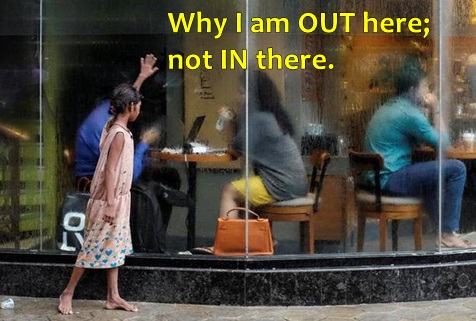
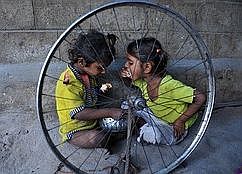
Planting Trees!
On a single day — 11 July 2016 — India planted 50 million trees to take on climate change!
The Colonial Legacy
Weakened by to the WW2, when the colonial British decided to quit India in 1947 the country was partitioned to spin off a sovereign State for the Muslims, Pakistan – as demanded by Islamic separatists among the Indian Muslims. They got two separate chunks of land – the truncated Hindu dominated India separated Islamic Pakistan’s Eastern and the Western halves. The Islamic East Pakistan became Bangladesh in 1971 and the West Pakistan is what is called Pakistan today. It occupies a unique position in the world when people talk about global terrorism.
The truncated India, with as many Muslims as in Pakistan, became a multi-religious and multi-cultural democracy, although commonsense demanded that if the country was being divided along religious lines, India should have been declared a Hindu State. But politically passive but highly tolerant and accommodative majority Hindus (forming 90 percent population of truncated India) got a Constitution that allows people of all faiths to live freely in an open democratic society. It also suited its extremely diverse social structure.
The process of partition was highly traumatic (it led to mass migrations and Hindu-Muslim riots killing over 1 million people) and a war with newly created Islamic Pakistan, while the scars of the Bengal Famine of 1943-44 (when 3.5 million people lost their lives to famine or related epidemics) were barely healed. It was a country systematically and thoroughly drained of its resources during the 200 years of colonial exploitation. Ordinary people were reduced to serving the rent seeking big landlords (zamindars) appointed by the White rulers to collect revenue. Whatever rudimentary infrastructure facilities existed, they were only in those areas felt lucrative for colonial exploitation.
Around 561 tiny estates of Hindu or Muslim local rulers (Rajas or Nawabs) were merged into the free republic to give the geographic shape of what is India today. But most of the land remained with powerful landlords. These rich elites naturally remained politically powerful in the free India too. Land reforms were urgently needed on a mass scale but the efforts were sporadic, half-hearted and grossly insufficient.
As a result, it was a badly polarized society, where a tiny fraction of the population held most political power and controlled all the social and economical processes and poor masses without much voice. The ruling elites of the elected governments also focused mostly on the economic development of the power centers which happened to be in the urban areas; and the rural India, where over 90% of the population lived in the 1950s, remained neglected except for the electoral politics. It resulted in continued migration to cities; as a result the biggest business centers such as Mumbai, Delhi or Kolkata continued to be burdened with ever increasing populations. Asia’s largest slum, Dharavi, is located inside Mumbai, the financial capital of the country.
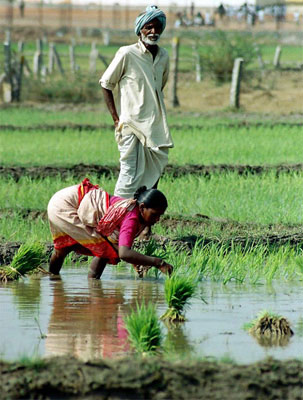
Urban ‘India’ Vs Rural ‘Bharat’
Urban ‘India’
Someone rightly described the economic growth of India – “it has several oasis of affluence in the vast desert of poverty.” The affluent oasis are what the government wants to project to the world - as “India”. Whatever development leaders talk about happens here – in the urban India. Urban population was less than 10 percent when the British left India, today 30-35 percent people live there; it is still growing.
The process of economic reforms and move towards free market economy that started in 1991 still further concentrated wealth in the urban India. Thus, the urban and metropolitan ‘India’ is modernized; it has all the business infrastructure, the stock markets, the IT industry that has global recognition, call centers, super specialty hospitals, international airports, golf-courses and race-courses for the ultra-rich. The vast middle class also lives here. Its headcount easily beats the US population of about 320 million.
The business activities of the urban India make up most of the GDP numbers that the finance minister of India refers to and looks after. Urbanites also make up for most of the per capita consumption of everything. To be fair, the urban India also supports a lot of poor who provide the manual and low-skill labor to industries and businesses, sell vegetables and deliver milk, drive manual rickshaws, do all blue-collar and menial jobs and live in slums or slum-like areas. If you take out ‘slums’ and slum dwellers, urban businesses would simply collapse.
Everyday educated youth from the countryside come to the cities for job so that they can support their families ‘back home’ in rural ‘bharat’. But sooner than later, they get absorbed in the city life.
Rural ‘Bharat’
The traditional names of the country are Bharat (in Hindi) and Hindustan (land of Hindus, in Urdu). Leaving beside the 300 – 400 million people of the urban India, the rest or about 1 billion people live here in the Hindustan. They survive on the agrarian economy. The landless work in the farms of the rich; the rest live on small land holdings and/or minor businesses.
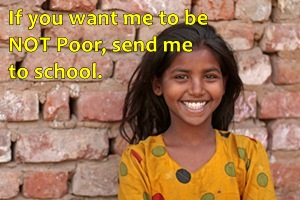
Tribal People
Tribal communities are another block of rural people (around 100 million) who make up around 8 percent of the total population. While the migration to cities continues but still most of them live in their own communities in far off place where there is still abundance of natural resources and forest cover. The colonial rulers of the British India had found it convenient to label these regions “excluded” or “partly excluded” areas and appointed special administrators to govern them. Unfortunately, even after independence these areas largely remained untouched by development. These naïve and innocent tribal people (unfamiliar with the ways of modern world) have generally remained exploited by the money lenders or forest officials and rarely felt the presence of government machinery in any positive manner.
Over the decades, the governance vacuum was filled by the left-wing armed extremists called (Maoists or Naxals) who ideologically aim to throw away the democratic State and establish a Communist State. Many tribals fall for their words and take up arms. This left wing violence in many tribal pockets is a serious internal security threat for the Indian democracy. In recent decades, authorities have become more concerned about violence in these areas not because any love for the tribal communities, but because these areas are rich in minerals and industrial raw material.
Authorities’ wants control on this ‘wealth’ so that they can auctions it to the corporate houses, who will set of massive industrial projects to push the GDP growth. The game plan necessarily involves displacing the tribal communities from their ancient lands – totally ignoring the fact that their eco-friendly lifestyle has nurtured and preserved these areas since ages. Deprived of the means of subsistence, they are left to struggle for survival in the alien and exploitative “developed” societies. They have been the biggest victims of “India’s” “recent “growth story”. The worst forms of poverty and human suffering can be discovered among them.
Fighting climate change is a joke for the ‘GDP obsessed’ economic experts and finance ministers around the world – we all know it. But the biggest victims will be the displaced tribals. What a reward for their nature friendly lifestyle!
Lower Caste Communities
The lowest caste Hindu communities (officially called scheduled castes (SC)) form another major chunk of population, left excluded from the “development” process. Forming about 16% population (somewhat larger in numbers than the Muslims in India) and twice the headcount of the tribals, they had traditionally faced discrimination and remained exploited at the hands of the so-called upper caste people. While there is significant change in the castist mindset in the past half century particularly in the urban areas, they are not yet fully “equalized” in the rural regions. Western intellectuals love to talk about India’s caste system and how it discriminates against the low caste communities probably because it vibes well with the racial exploits back home.
Other Backward Communities
Other than the tribals and the SC communities, there are many other backward caste (OBC) communities (25 – 35% of the population) that has also remained rather disconnected from the mainstream processes of development and progress. Although never as severely discriminated as the SCs, they can be easily counted among the poor. Taken together these three sections make up well over 50% of country’s population (over 600 million).
This is the simplest picture of Bharat or Hindustan hardly ever considered important.
The national media, inspired by the Western counterparts, loves to visit “Hindustan” when people die in flash floods, droughts and other natural calamities to report the count of the dead. And leaders love to issue statements expressing sympathies and go for "areal" visits to show comradery, hoping to be remembered in the next election. Authorities and economic experts love to estimate people’s suffering and damages million or billion rupees. Then, of course, nothing much changes and life comes back to “normal” until the next round of disaster and deaths.
Rural India is poverty watchers’ delight and perhaps the biggest global laboratory of poverty researchers! International poverty experts who think that human beings can stay alive on $1.90-a-day passionately compare this vast poor India with the sub-Saharan Africa. When they site statistics on things like infant mortality rates, maternal mortality rates, BMI, child deaths, malnutrition, stunted children, adolescent pregnancies poor Indians runaway. They know they are no more than real life rats of the poverty laboratory of global poverty scholars. Of course, their life goes on as usual.
Who says the humanity doesn't care for the poor; it certainly cares in counting and studying them ! Who says the poor or their poverty is useless!
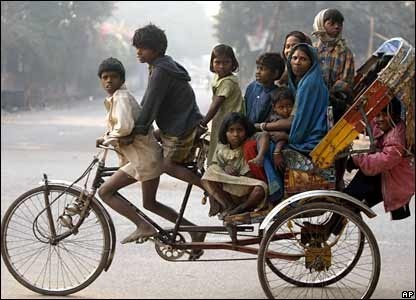
Indian Population
India occupies 2.4% of world’s land area but hosts about 1.30 billion people or 18% of the world population. Growing at 1.35% India adds around 17.5 million people every year. However, not that many people are lifted out of poverty every year. Sixty five years ago, India started the first national family planning program in the world. It was certainly a different world with different realities then. Indian population was just a third of what it is today and the average life expectancy was only 32 years (Today it is 67 years). The average number of children per woman was over 5; today it is around 2.2, which is close to replacement fertility (needed for population stabilization).
Indian population is expected to overtake the Chinese population by 2022 and should peak at about 1.5 billion by 2050 and then begin to decline. The current population growth is not because people want large families. It is actually driven by population momentum – there are too many people in the reproductive age group.
Lack of human development – early marriage of girls and lack of awareness about reproductive healthcare particularly in the rural areas, coming from weak gender status of women – is the major reason behind current population growth and high poverty both. In fact, at present the two are feeding each other.
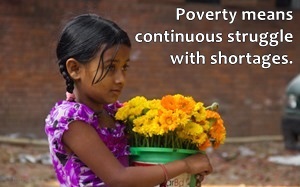
Faulty Economic Development
In early 1990s, Indian economy switched gear from socialistic idealism to free market capitalism. Consequently, in the first decade of the new millennium, India’s GDP grew impressively at 6 – 9% per annum. Even the 2008-09 global economic down turn did not have much impact on Indian economic growth. Looking at this impressive growth, many economists started seeing India as an emerging economic superpower and expect it to play a major role in the global economy in the 21st century.
Around two decades ago, a well known correspondent of the Financial Times wrote:
“Economic futurologists at the CIA, in the investment banks, at western universities and in the business press all agree that China and India will at some stage in the 21stcentury come to dominate the global economy. In Washington’s various intelligence estimates, China will overtake the United States between 2030 and 2040 and India will overtake the US by roughly 2050, as measured in dollar terms.” He further added that “Add or subtract a couple of points from India’s annual growth rates and it could overtake the United States as soon as 2040 or as late as 2090.”
Even if this writer proves right in his predictions, there is not much relief for the vast pool of Indian poor. The ‘trickle down’ economy is only concentrating wealth in few hands; very little drips down to the deprived masses at the bottom.
Why Economic Growth Is Not Converting Into Development?
This is the question Nobel prize winner economists Amartya Sen and his coauthor Jean Drèze tried to answer in their recent book on the Indian economy, An Uncertain Glory. The moot question is: why the robust economic growth not reducing the widespread poverty in the country?
As Sen and Drèze point out, despite the rapid economic growth, India has fallen behind its neighbors on the social indicators, except perhaps Pakistan. For instance, in 1990 the life expectancy was the same in India and in Bangladesh but today it is four years higher in Bangladesh (69 years) than India (65 years). Similarly, child mortality in 1990 was about 20 per cent higher in Bangladesh than India, but in 2011 it is 25 percent lower than India.
About one third population does not have electricity, compared to 1 percent in China. Half of Indian homes still remain without toilets, despite thrust by new PM Modi. Each year more under-five children (1.7 million) die in India from easily preventable diseases like diarrhea than anywhere else in the world. Of those who do survive, 48 per cent are stunted due to lack of nutrients.
Immunization of young children is the most basic health measure that a government can provide, but in India only 43.5 per cent of children are completely immunized, compared to 73.1 per cent in Bangladesh. In sub-Saharan Africa, only eight out of 25 countries have immunization figures as bad as India’s.
About a quarter of the Indian population still remains effectively illiterate. India’s adult literacy is not quite the lowest in the world but, at 65 per cent, it is the same as in Malawi and Sudan. Adult literacy in China, by comparison, is 91 per cent.
How and When India will be Superpower?
Conclusion
Indian democracy is seriously compromised by inequalities and social exclusion; one is driving the other. There is simply too much diversity and contradictions in the Indian society. It is busy expanding industrial economy and counting number of billionaires when it should be focusing on capacity building of the horde of the poor. It has fallen into the trap of ‘trickle down’ economics, which by design works for the rich, while its farmers are committing suicide.
India needs to focus on human development rather than mistaking GDP growth alone for development.
Further Reading
- Amartya Sen's Concept of Development and Poverty
Amartya Sen's thesis is simple: expansion of people's freedom increases their well being and contraction of freedom leads to deprivation and poverty. Freedom allows expansion of people's capabilities.

